2024
Improved Data Quality and 67% Reduced Call Time
A unified customer platform with efficient automation and best practice UI based on contextual guidance, progressive disclosure, sequencing, and feedback has significantly reduced the need for personal and phone assistance, created a smoother process, and greatly enhanced the customer experience.
Introduction
Seventy thousand times a year, across the country, a building surveyor inspects a single-family house for defects and damage - typically when the house is about to be put up for sale. The result is the condition report, which serves as the foundation for the home insurance that protects the seller against claims from the new owner if defects or damages are found in the house. All of this is to make buying and selling houses in Denmark as risk-free and smooth as possible.
The first step in the process is for the seller to fill out a seller information form, where they must detail the house's construction and any damage that occurred during their ownership. This task is more challenging for sellers than one might think.
Firstly, providing incorrect information can have legal consequences. It may mean that the home insurance does not cover known defects if the buyer discovers them and the surveyor missed them. Therefore, one cannot "take it lightly." Secondly, many sellers have lived in their homes for decades, making it difficult to remember and assess which damages and events are significant. Thirdly, the industry, and thus the form, is filled with technical terms. This can make it hard for ordinary people to understand the questions, increasing the risk of mistakes and misunderstandings that can cause problems for the seller later.
This is why it makes perfect sense for anyone in doubt to call for help or perhaps wait to fill out the form until the surveyor visits, to get a little help over a cup of coffee.
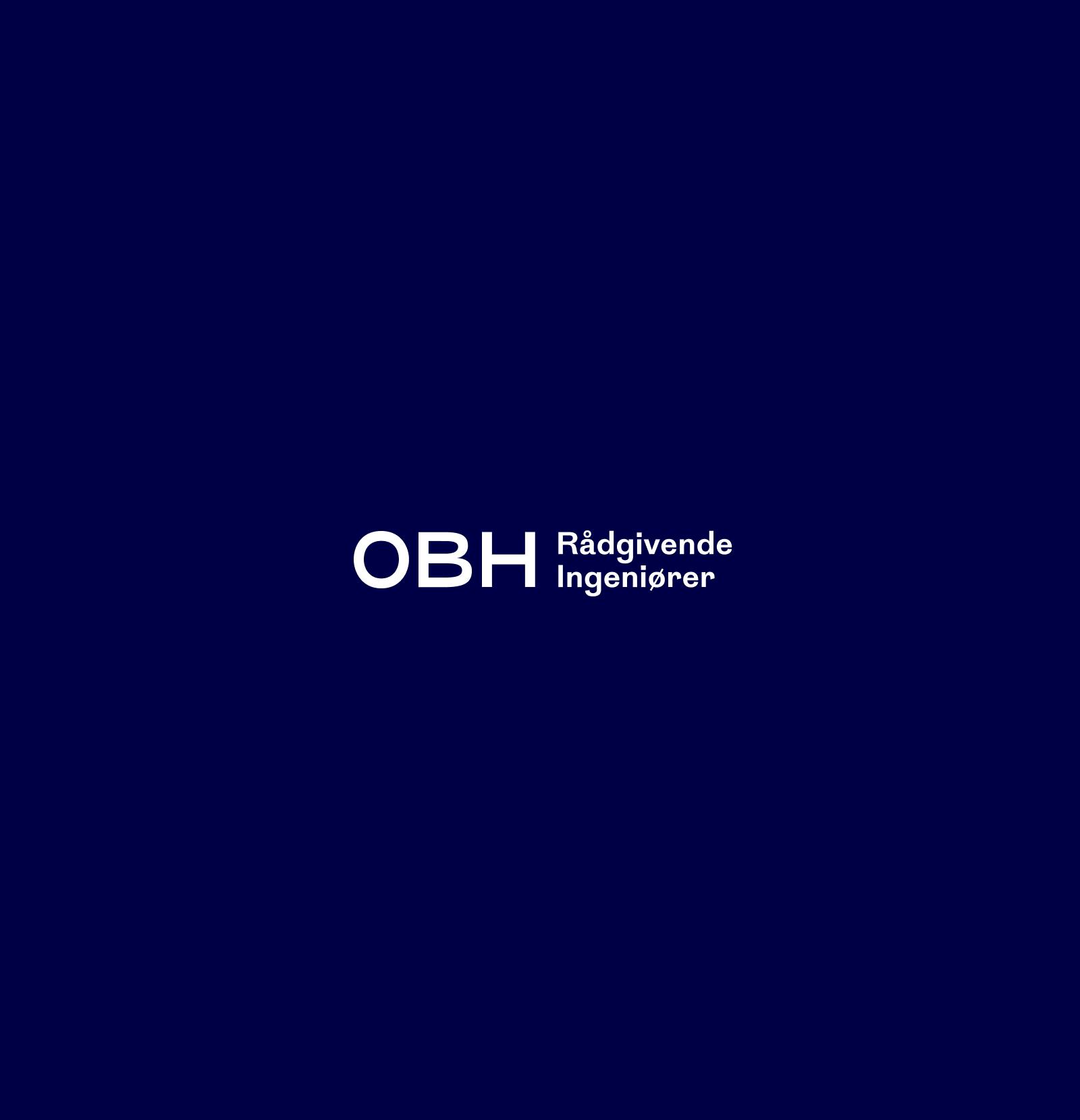

Task
The issue of incomplete forms when the surveyor arrives presented OBH Consulting Engineers with many challenges in planning and managing daily tasks since the form is also an important part of the surveyor's preparation for the day. As one of Denmark's largest providers of condition reports, electrical inspections, and energy labels, there is a lot of time and friction to save with a more streamlined collection of seller information.
This was the task Dwarf was asked to solve: a tool to help the seller provide the information correctly, so fewer sellers need individual assistance.

Solution
The solution was a new seller platform, fully integrated with OBH’s ERP and CRM systems, so booking an inspection automatically leads to the creation of the customer and the automated dialogue. The user experience focuses on best practices within four core areas:
Contextual Guidance: Help and guidance are provided continuously and in the context of the current topic and question, so the user can focus on one task at a time. All steps and technical terms that might raise questions are accompanied by help text and images.
Sequencing: Data collection is divided into numbered sections in a logical order, reviewing the house and damages from the outside in, top to bottom.
Progressive Disclosure: Instead of showing the entire form or all questions in a section, the solution uses conditional jumps and logic so that only relevant questions for the specific building or damage case need to be answered by the seller.
Feedback: A clear indication of the current status at all levels: Is everything OK? If not, what is missing? Are the seller's details correctly filled out? Have they been received by the surveyor? Are there other deadlines to be aware of?
The design is intentionally "a bit on the dry side." It should not be distracting or evoke strong emotions—it should guide the user through the process, one step at a time, even if one is neither a surveyor nor "born digital." The solution is developed in Laravel, with the client managing it in Laravel Nova. The frontend is built in VueJS and NuxtJS and communicates with the backend via private JSON RESTful APIs.
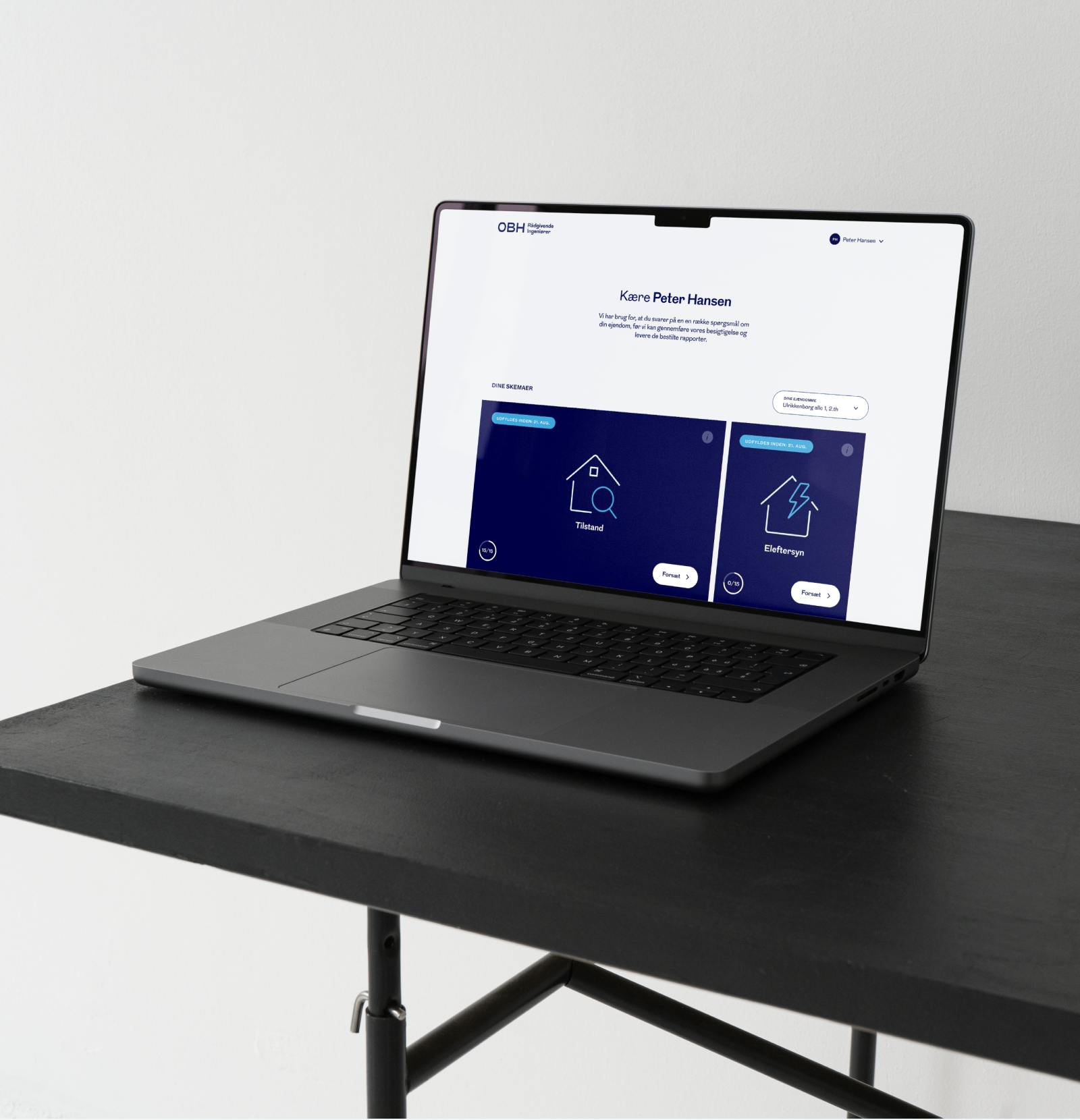
Result
The solution is already launched and has delivered solid results. Firstly, the quality of the seller information has improved. The number of forms with incomplete information has decreased by 75%, and the need to follow up with sellers for additional information has decreased by 27%.
Secondly, customers have become much more self-sufficient, with far fewer calling customer service for help. A before-and-after measurement shows 88% fewer calls with technical questions, 60% fewer calls with general questions, and an overall 67% time saving on incoming questions to customer service compared to the old solution.
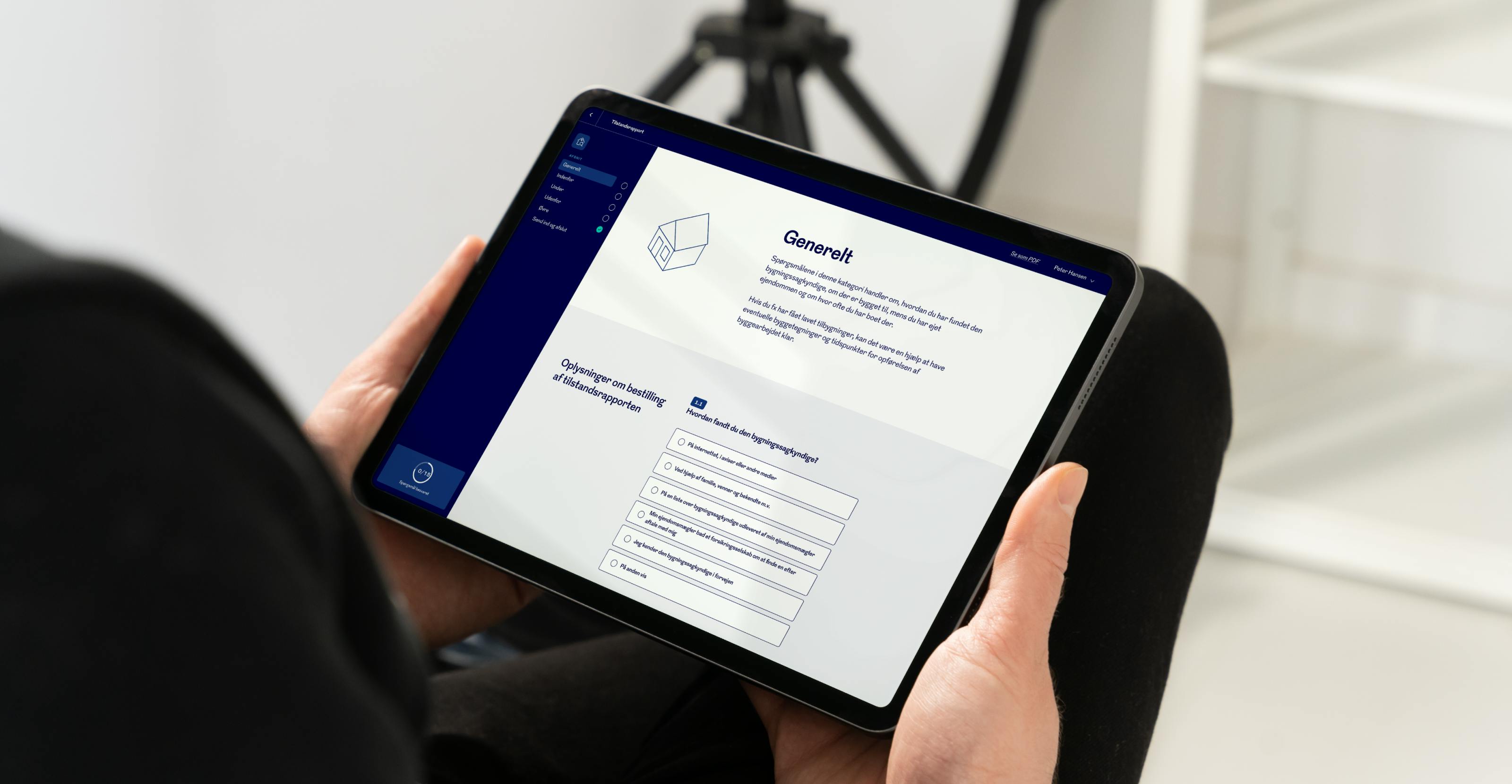
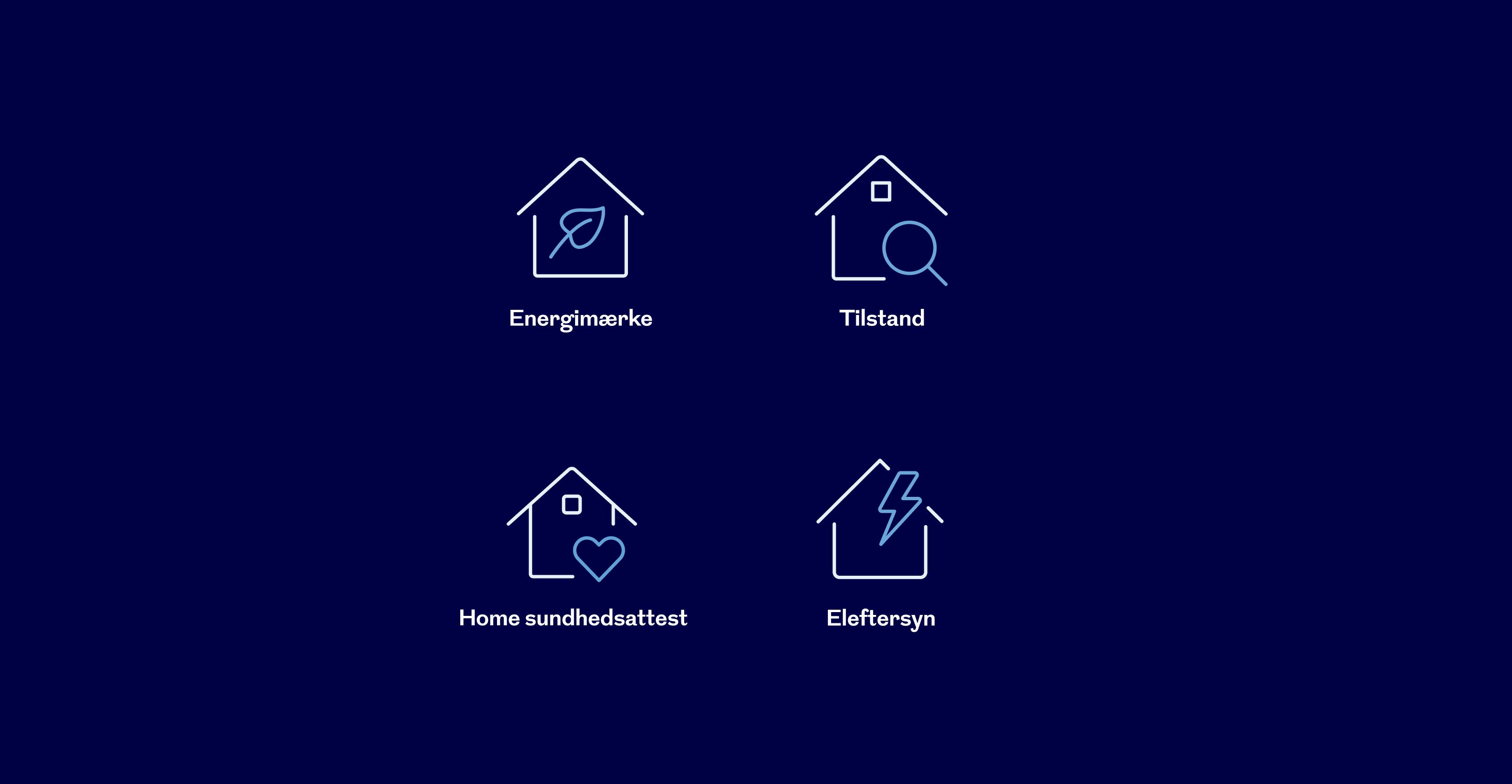
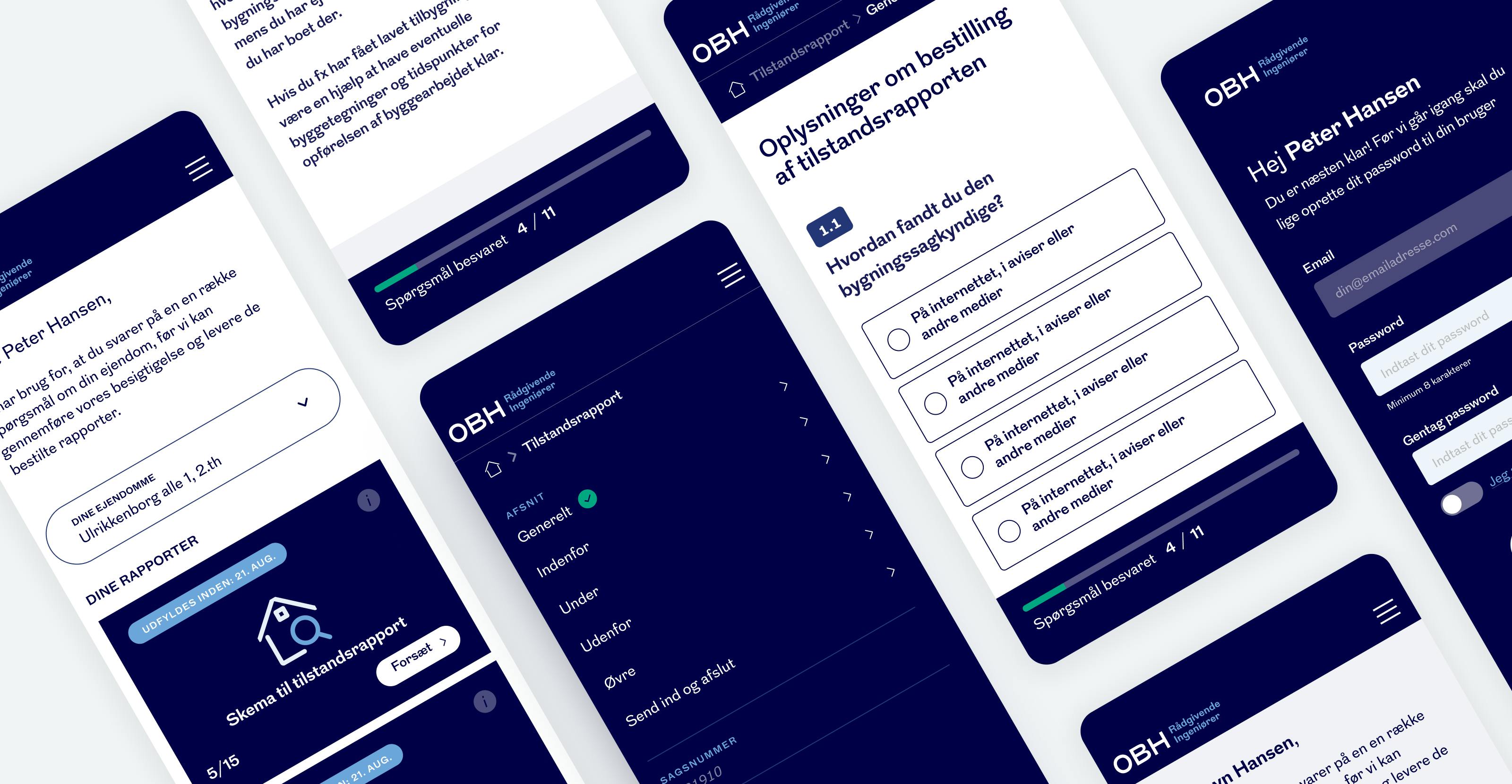

Tina Mariager Jensen
Partner ManagerPeople
Team



Patrick Walsh-Vilander
Backend Developer



Casper Lemming
Senior Digital Designer



Martin Capion
UX Designer
Other work
ejendom.com
One Less Reason to Sit On Your Hands
























